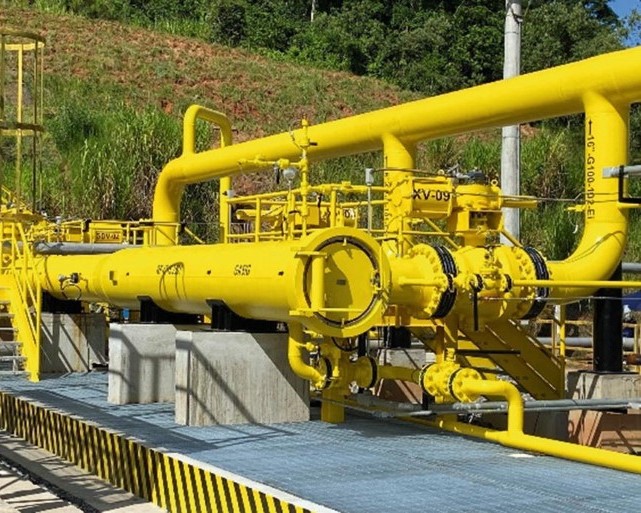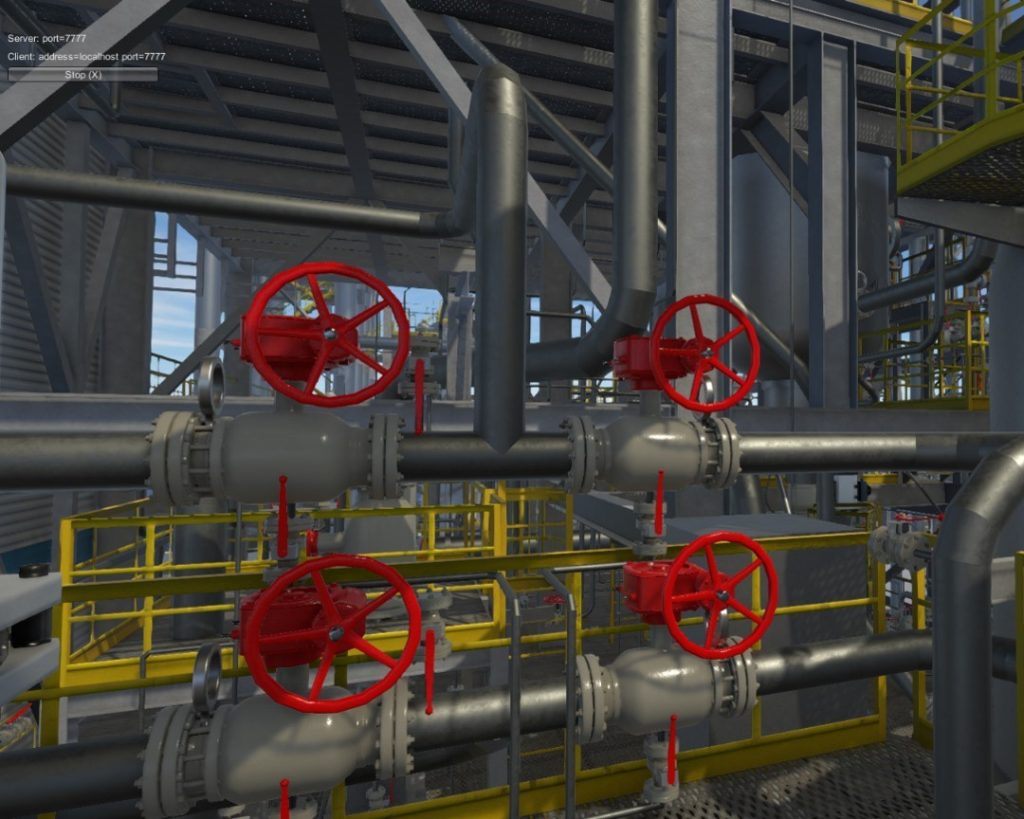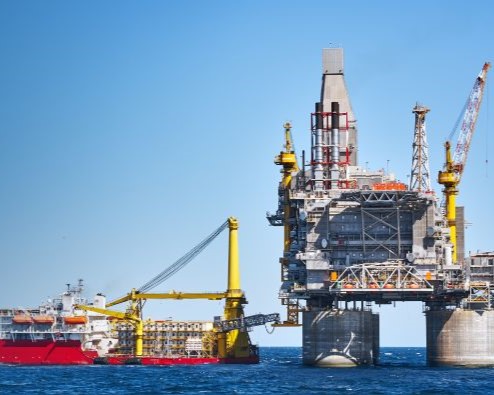Description
Pipeline Routing Simulation Tools are specialized digital platforms that allow engineers and planners to design, analyze, and optimize the routing of oil and gas pipelines before physical construction. These tools integrate geospatial information systems (GIS), topographical data, environmental constraints, land-use considerations, and engineering parameters to simulate the ideal pipeline path. By modeling elevation changes, slope stability, soil conditions, and potential hazard zones, engineers can predict construction challenges, assess risks, and minimize environmental impact. The simulation enables assessment of hydraulic performance, pressure drops, flow rates, and stress distribution along the proposed route, ensuring operational efficiency and long-term reliability. One significant advantage is risk mitigation; planners can evaluate alternative routes and anticipate obstacles such as river crossings, protected areas, urban development, or geologically unstable regions. These simulations also optimize material usage and construction costs by identifying areas requiring reinforcement, trenching, or special installation methods. Furthermore, pipeline routing simulation tools support regulatory compliance by documenting design decisions, environmental impact assessments, and engineering evaluations required for approvals. Integration with project management systems allows coordination with construction teams, logistics providers, and operational planners. In addition to planning and design, these tools are valuable for maintenance and expansion projects, as they provide a reference for existing infrastructure and potential modifications. By enabling a proactive, data-driven approach, pipeline routing simulation tools enhance safety, reduce environmental risks, and improve economic efficiency for oil and gas companies undertaking pipeline projects in complex terrains. The tools also facilitate stakeholder communication, allowing visual presentations of proposed routes, project risks, and mitigation strategies for regulatory authorities, investors, and local communities. Overall, these tools are critical for ensuring that pipeline projects are planned with precision, safety, and sustainability in mind.






Nnenna –
Pipeline Routing Simulation Tools dramatically reduced our environmental impact assessment time. The software’s realistic terrain modeling and constraint integration directly improved our route selection accuracy, mitigating potential risks and streamlining stakeholder approvals. Exceptional team responsiveness and timely support ensured seamless integration into our existing workflow.
Confidence –
Pipeline Routing Simulation Tools” transformed our feasibility studies. We slashed route planning time by 30%, quickly identifying environmentally sensitive zones previously missed. The team’s responsiveness during integration was exceptional. This tool is a game-changer for responsible pipeline development.
Maimuna –
Pipeline Routing Simulation Tools’ drastically cut our project timeline. We shaved weeks off route planning by rapidly iterating scenarios – previously impossible. The team’s responsiveness and the software’s precision in handling complex terrain models ensured a cost-effective, environmentally conscious route. Highly recommended.